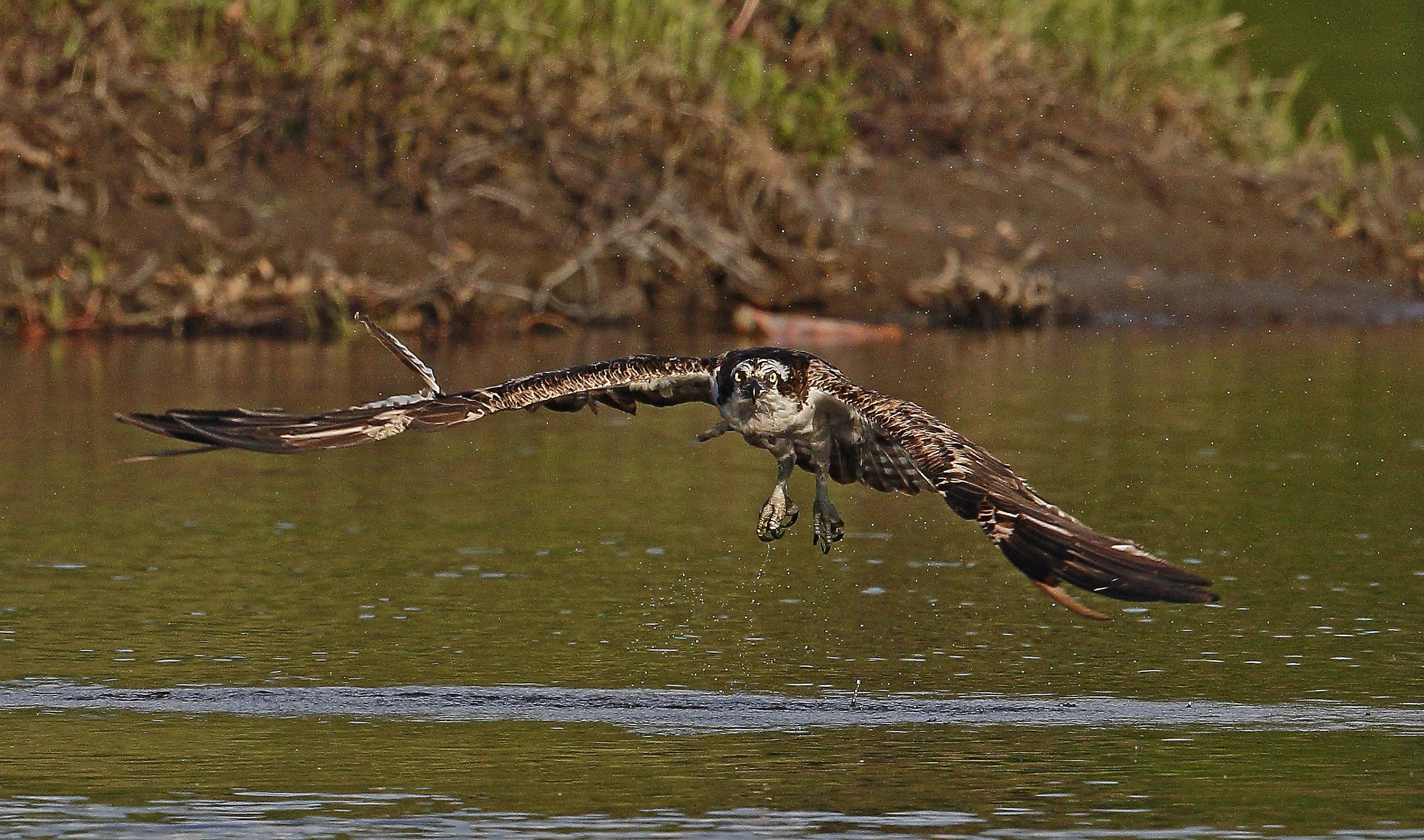
What’s Up with the Hudson?
Frequently Asked Questions
Q: Did dredging work?
A: The six-year, $1.7-billion dredging project in the Upper Hudson removed the vast majority of PCBs from that portion of the river. PCB levels in water dropped significantly at every monitoring station along the Hudson, with related declines in sediment and fish. Calling the project a “historic achievement,” EPA concluded that dredging effectively reduced PCB levels, said the declines are expected to continue, and determined that additional dredging would not so significantly accelerate the decline of PCB levels in fish that it could be justified. EPA, New York, and GE continue to cooperate on other Hudson River environmental cleanup projects.
When did GE complete dredging in the Hudson?
A: GE completed dredging on October 3, 2015. The project addressed 100 percent of the areas targeted by EPA for remedial action and removed the vast majority of PCBs. Despite the end of dredging, GE’s work on the Hudson continues with a comprehensive evaluation of the floodplains along the river’s shoreline; long-term monitoring of environmental conditions in the river; and the ongoing cleanup of GE’s former plant sites in Hudson Falls and Fort Edward.
Are conditions improving in the Hudson?
A: Yes. Data show the Hudson River dredging project is working. PCB levels in water have dropped at every monitoring station along the Hudson, with declines as high as 79%. PCB levels in sediment have dropped as much as 92%, and data from more than 700 sediment samples collected from the Upper Hudson in 2021 show 99.9% had PCB levels below EPA's dredging criteria. PCB levels in Upper Hudson River sportfish, as weighted by species and river section, have dropped by 91% when comparing average levels from the 1990s to those levels observed in the fish collected in 2022. These declines are a result of GE’s work to reduce the PCBs entering the river from the company’s former plant sites in Hudson Falls and Fort Edward, the massive dredging project that occurred from 2009 to 2015, and natural recovery. Since dredging has been completed, PCB levels in Upper Hudson sportfish have declined 65%, comparing a five-year average prior to dredging (2004-2008) to a three-year post-dredging average (2020-2022).
Why isn’t dredging being performed in the Lower Hudson?
A: EPA is beginning to study what, if any, remedial action is appropriate in the Lower Hudson. The first step will involve an analysis of environmental data from the Upper and Lower Hudson, and an assessment of impacts from the scores of companies and municipal sewage treatment plants that have discharged to the Lower Hudson for the last 50 years or more. GE is collecting this data under EPA’s supervision. .
Is GE cleaning up its manufacturing facilities on the Hudson River?
A: Yes. For more than 30 years, GE has done extensive cleanup work at the former Hudson Falls and Fort Edward plants to address historic environmental issues and prevent PCBs or other chemicals from reaching the river or local communities. According to the New York State Department of Environmental Conservation, neither of GE’s former manufacturing plants are a significant source of PCBs to the river at this time.
What are PCBs?
A: PCBs, or polychlorinated biphenyls, are a class of stable chemicals consisting of 209 individual compounds. Before they were banned in the 1970s, PCBs were widely used for fire prevention and as an insulator in transformers and capacitors because of their ability to withstand exceptionally high temperatures. They were also used in a variety of other industrial applications, including paints, newsprint, pumps, and motors.
Why did GE use PCBs and how did they get in the Hudson?
A: Beginning in the 1940s, GE used PCBs as an insulating fluid in electrical capacitors to keep them from catching fire. The capacitors were manufactured at two plants along the river in Hudson Falls and Fort Edward, N.Y., about 50 miles north of Albany. GE discontinued its use of PCBs in 1977.
When they were used, PCBs were discharged to the river in the plants’ waste streams. Disposing of waste materials to the river was a common practice then among industries, municipalities and individual property owners. GE’s use of PCBs was entirely legal. The company held the proper government permits to discharge PCBs to the river at all times such permits were required. Most of the material that was discharged to the Upper Hudson, including PCBs, accumulated behind a dam south of GE’s Fort Edward plant. In 1973, the owner of the dam demolished it and the material that had built up behind it washed downstream, settling in sediments.
For nearly 50 years, GE has worked closely with regulatory agencies and local communities to improve environmental conditions on the Upper Hudson River and in the area of its former Hudson Falls and Fort Edward plant sites.

